Archive
Mario Bucovich
- Mario
- Bucovich
Mario von Bucovich
- 06-02-1884
- Pula (HR)
- 30-11-1947
- Mexico City (MX)
- PhotographerEditor
Only a few details are known of the life and career of émigré photographer and publisher Mario Bucovich, who, after emigrating to New York, published the photobooks Washington D.C. and Magic Manhattan.
Word Count: 33
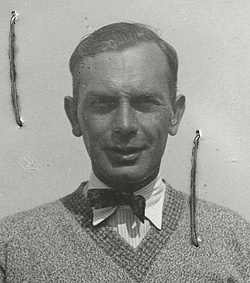
Portrait of Mario Bucovich, around 1928 (Köhn 2014). 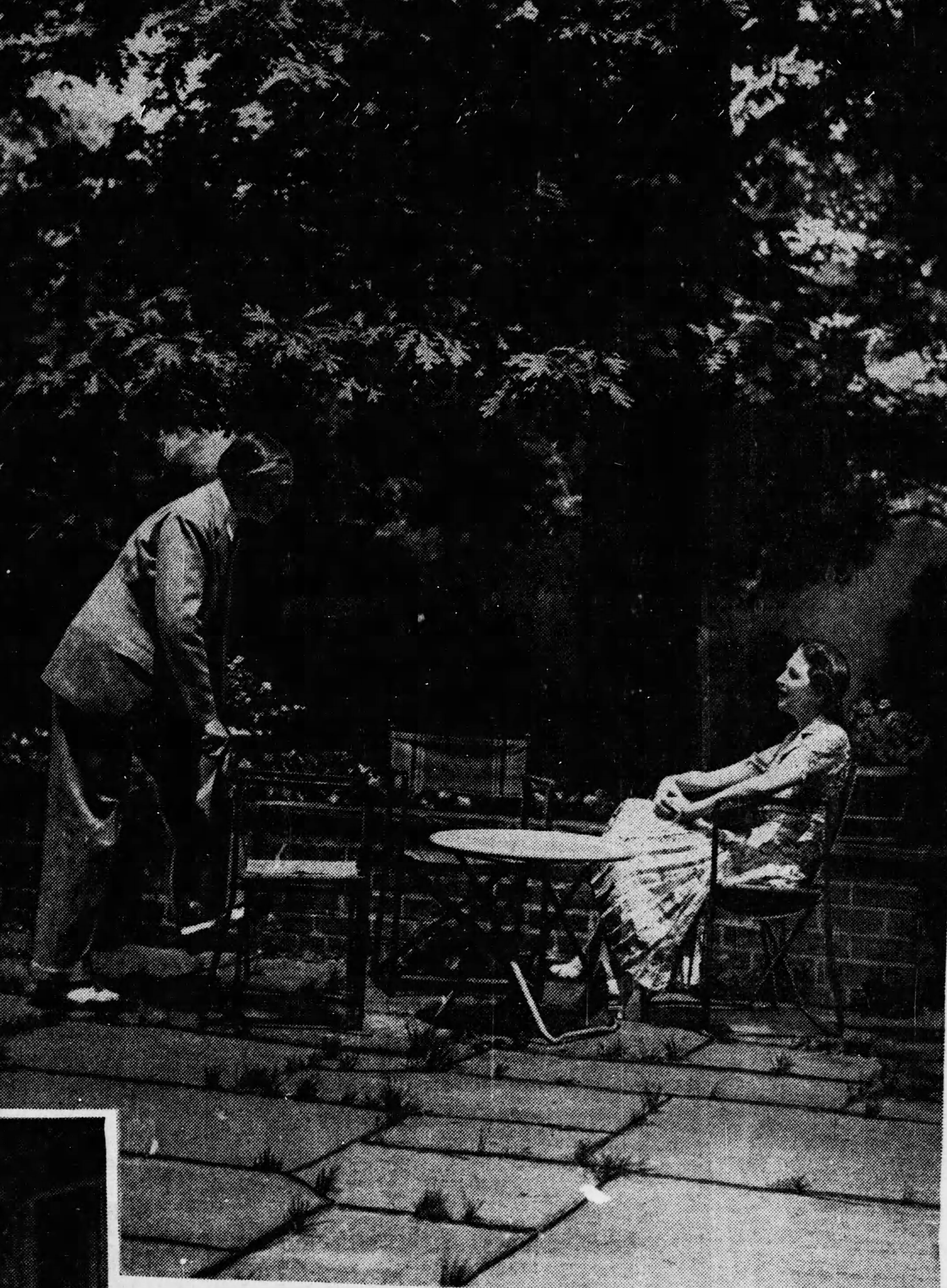
Mario Bucovich, left, with Mrs. S. Kent Legare (Evening Star, 5 June 1938, p. 41). 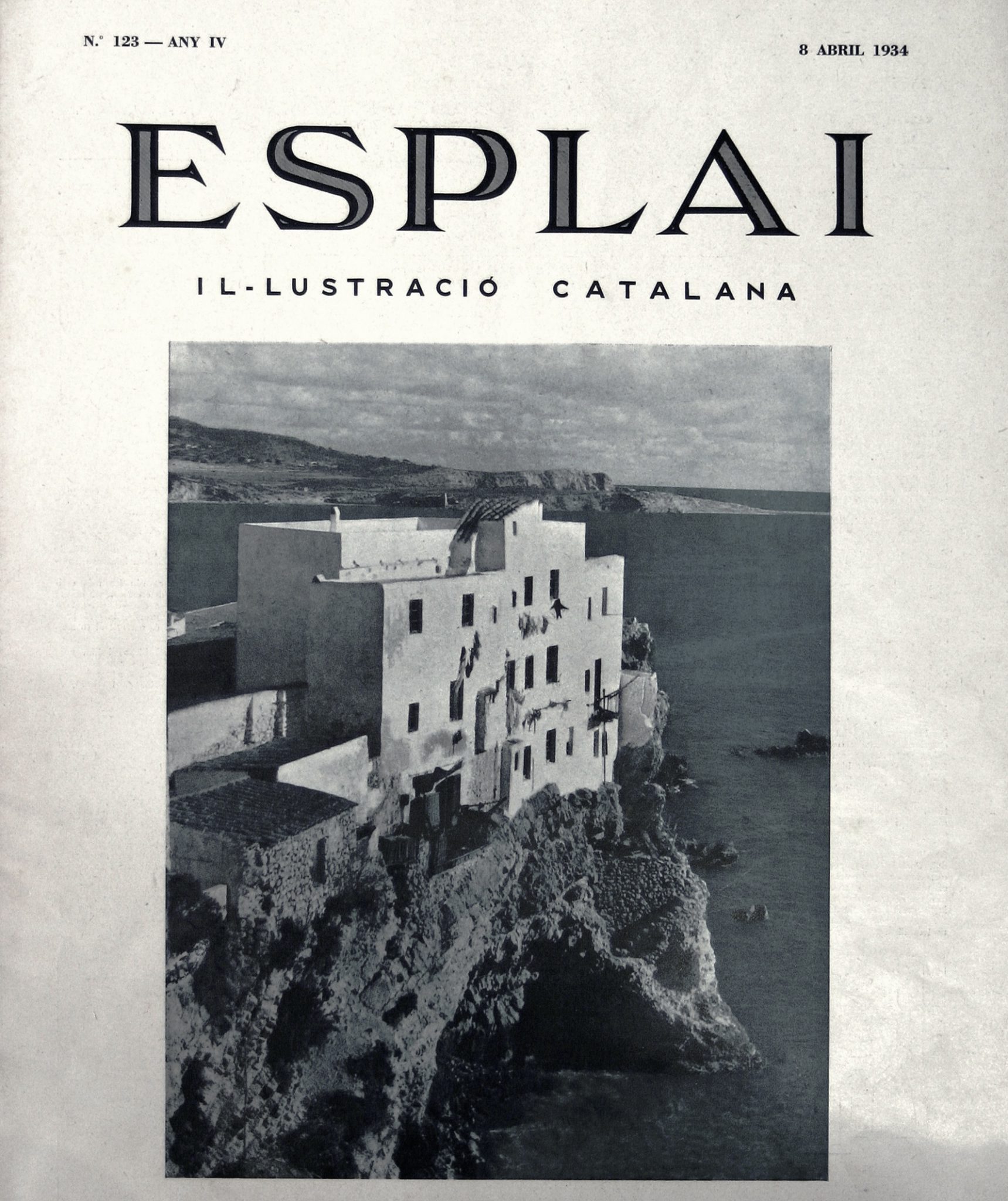
Cover of Esplai magazine, 9 April 1934, with photograph by Mario Bucovich. 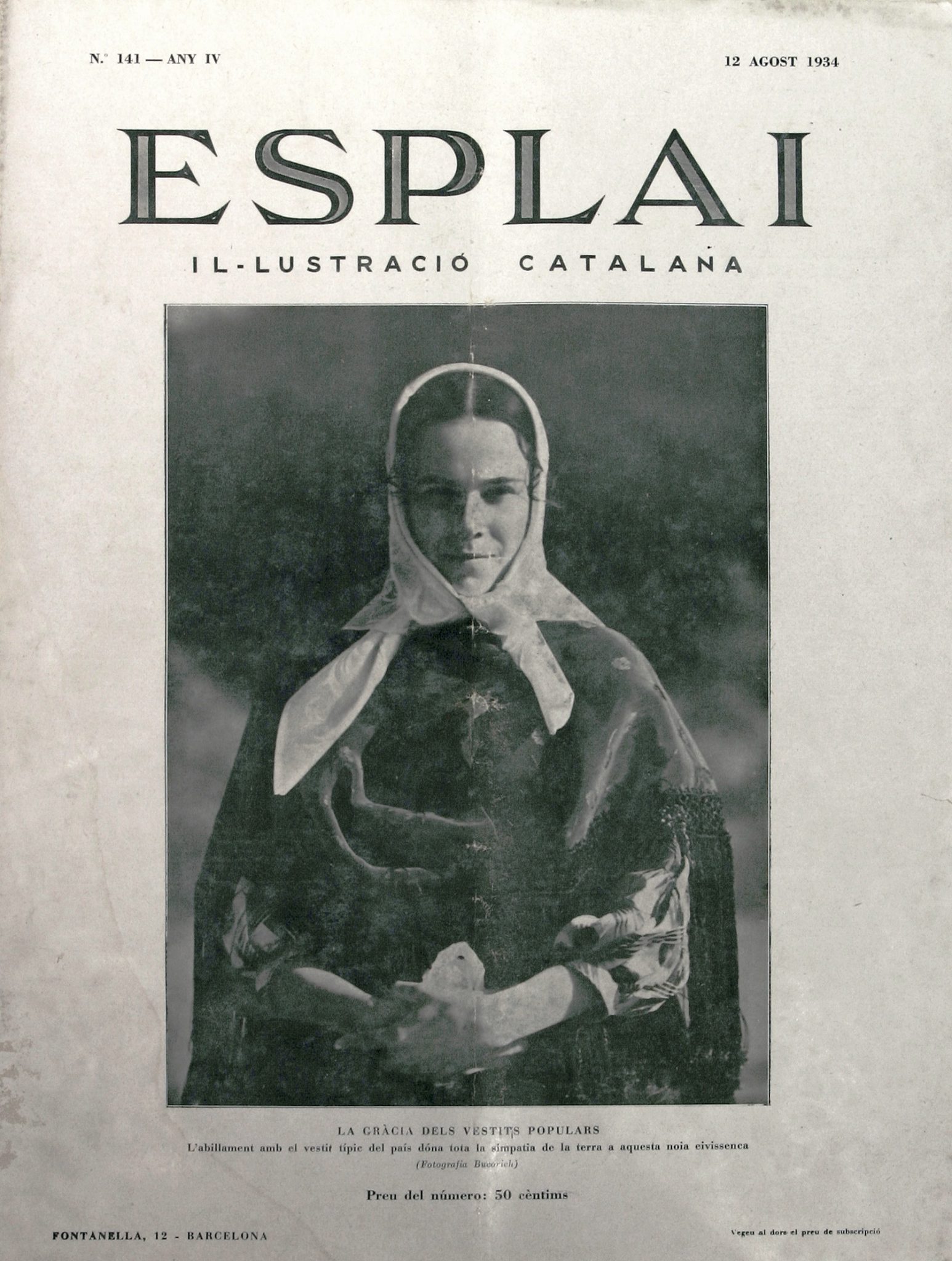
Cover of Esplai magazine, 12 August 1934, with photograph by Mario Bucovich. 
Advertisement for American Photo Suppliers Co in Mexico on color print series published in Popular Photography, November 1945, p. 86. 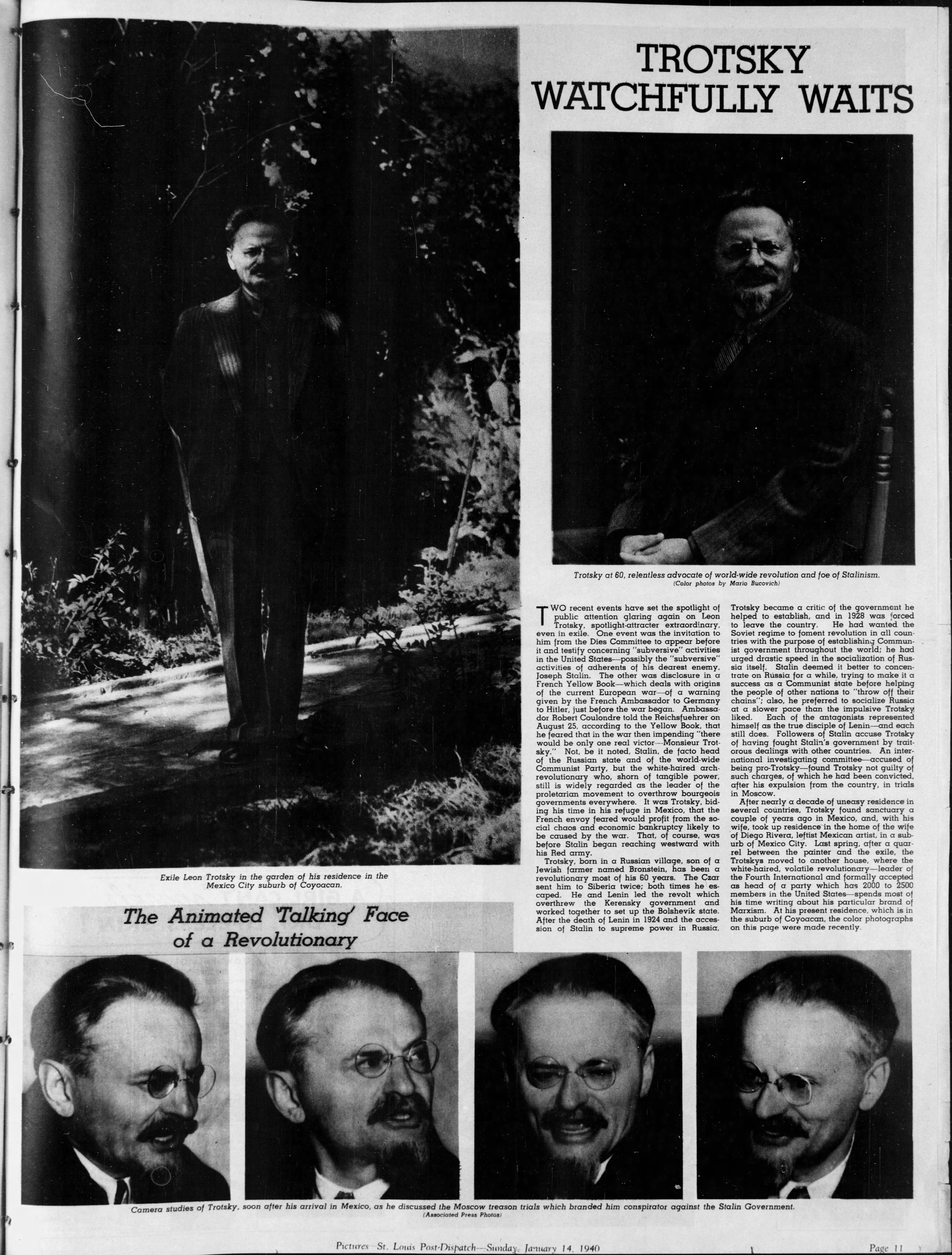
Photo series (original in colour) on Leon Trotsky by Mario Bucovich published in St. Louis Post Dispatch, 14 January 1940, p. 69. Anonymous. "Prize Photographs Shown At Academy." The Brooklyn Daily Eagle, 23 October 1928, p. 4.
Anonymous. "Trotsky watchfully waits." St. Louis Post Dispatch, 14 January 1940, p. 69.
Anonymous. "Democracy voiced to German women." The Leader Post, 16 November 1945, p. 8.
Anonymous. "British Consul Injured, Friend Killed in Mexico." The Austin American, 1 December 1947, p. 2.
Berkowitz, Michael and Todd Heidt. “The Life of Mario von Bucovich: Perils, pleasures, and pitfalls in the history of photography.” Photography & Culture, vol. 10, no. 3, 2017. UCL Discovery, accessed 22 February 2021.
Fernández, Horacio, editor. New York in Photobooks. RM Verlag, 2016.
Jiménez, Belén García. “Florence Henri y la mujer ibicenca.” Imatge i turisme, special issue of Estudis Baleàrics, edited by Institut d’Estudis Baleàrics, no. 94–95, 2008, pp. 47–57.
Köhn, Eckhardt. “Ich bin teuer.” Wer war Mario von Bucovich? (Fotofalle, 1). Edition Luchs, 2014.
Scheffler, Karl. "Kunstausstellungen.“ Kunst und Kultur, vol. 26, no. 3, 1927, p. 114.
Word Count: 138
Paris, France (1931–July 1932); Spain (July 1932–March 1934); London, UK (1934–1935); New York, US (1935–1939); Mexico City, Mexico (1939–1947).
687 Lexington Avenue, Manhattan, New York City, US (residence and studio?, 1935–1939).
- New York
- Helene Roth. "Mario Bucovich." METROMOD Archive, 2021, https://archive.metromod.net/viewer.p/69/2948/object/5138-9613247, last modified: 07-02-2022.
-
Rudy BurckhardtPhotographerFilmmakerPainterNew York
Rudy Burckhardt was a Swiss-born photographer, filmmaker and painter who emigrated from Basle to New York City in 1935. He was well networked within the emerging Abstract Expressionist art scene of 1940s' and 50s'.
Word Count: 33
Manhattan Magic. A collection of eighty-five photographsPhotobookNew YorkManhattan Magic is a photobook which was published in 1937 by the German émigré photographer Mario Bucovich in New York City.
Word Count: 20
New YorkBookPhotobookNew YorkIn 1932, after her remigration to Vienna, the Austrian journalist Ann Tizia Leitich published New York, an account of her life and writing experiences started as an emigrant in New York in the 1920s.
Word Count: 33
Chinatown U.S.A.PhotobookNew YorkChinatown U.S.A. is a photobook published by the German émigré photographer Elizabeth Coleman in 1946 focusing on American-Chinese communities in New York and San Francisco.
Word Count: 26
Pantheon BooksPublishing HouseNew YorkPantheon Books was a publishing house founded in 1942 by the German émigré Kurt Wolff (1887–1963) and aimed at the exiled European community in New York.
Word Count: 24
Leon TrotskyPoliticianIstanbulBanished by Stalin, the revolutionary politician Leon Trotsky and his entourage arrived in Istanbul in 1929. He settled on Büyükada, one of the Princes’ Islands in the Sea of Marmara.
Word Count: 31